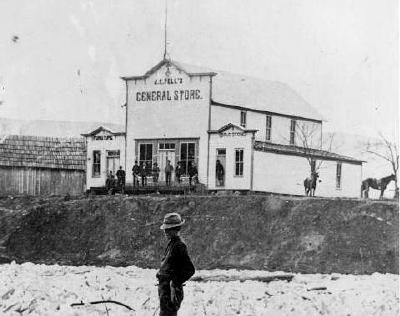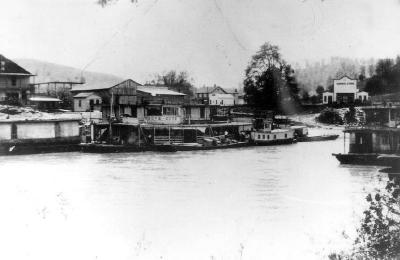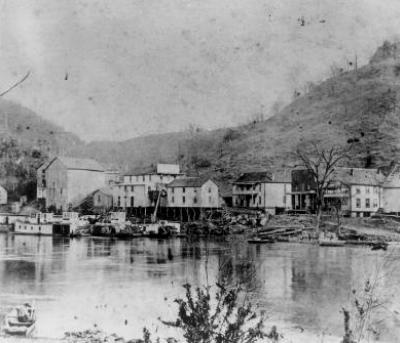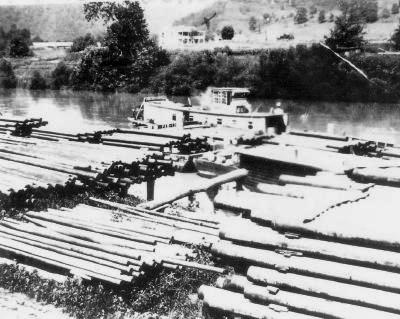CRESTON'S FIRES, FLOODS AND HARD TIMES - Twelve Dance Hall Fights In One Night


By Bob Weaver
The once prosperous village of Creston went through fires, floods and economic downturns. Much of its history centered around the general store, burned to the ground in September 2008 by an arsonist.
Creston was a hub for sending timber down the river, loggers often floating the logs down the West Fork of the Little Kanawha by rafting them together. The biggest economic boom was the oil and gas industry.
The Creston general store, in early photos, was known as J. R. Pell's General Store, with two wings, one saying Furniture and the other Drug Store. A photo dates the building to 1889.
The drug store area was occupied by longtime physician Dr. David S. Stewart who lived to be 104 years old.
J. R. Pell, Jr. told Nancy Engelke, who wrote a history of the store, said "My father's bother Hunter Pell, operated an undertaking establishment in the building, the left side known as the furniture store." Hunter Pell was a surveyor.
Engelke's account said an early operator of the store was Richardson merchant C. C. Bee, who was known as a "great womanizer," who would "visit lonesome women whose husbands were away working on the boats."
Dr. Stewart, according to the account, caught Bee with his youngest daughter, "sending him packing to Parkersburg."
E. E. Gibson was an operator of the store, Gibson an owner of the Creston wharf boats, permanent boats tied to the dock, used to off-load goods from the river boats. The store building, at various times, was used as the post office.

"A decline in river traffic spelled hard times for Creston in the late 1920s, Gibson went out of the store business, renting the building to "Pop" Hendershot who ran a dance hall."
Earnest Campbell said "All the bootleggers for miles around came carrying their wares in coffee sacks." On one dance night, it was noted that twelve separate fights broke out.
Postmistress Mary Emma Lynch in 1956 remembered how cold the building was, having to wear a coat and boots all winter inside. The store was still selling saltfish in 10-15 gallon barrels at the time.
Although a Masonic emblem adorned the front of the building, a practice not uncommon with construction by members of the lodge, the upstairs of the building was a hall for the Oddfellows and Rebecca lodges.
Lynch said "The members were very clanish, they over-used the black ball and they lost their charter and folded," noting there was an embezzlement of funds.
The store was purchased by Alvin and Nancy Engelke in 1977, and at various times rose from the dust one more time. Engelke lamented about the loss of artifacts and papers stored in the building during a more recent fire.
